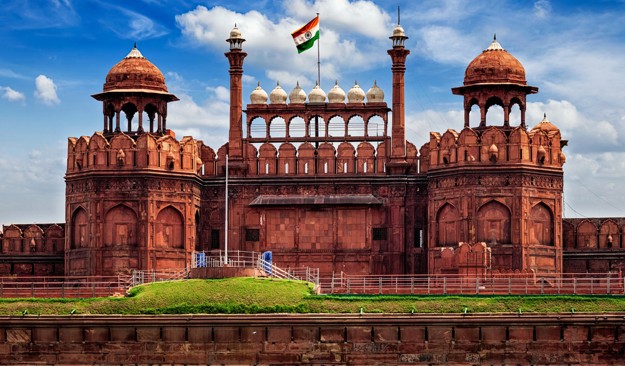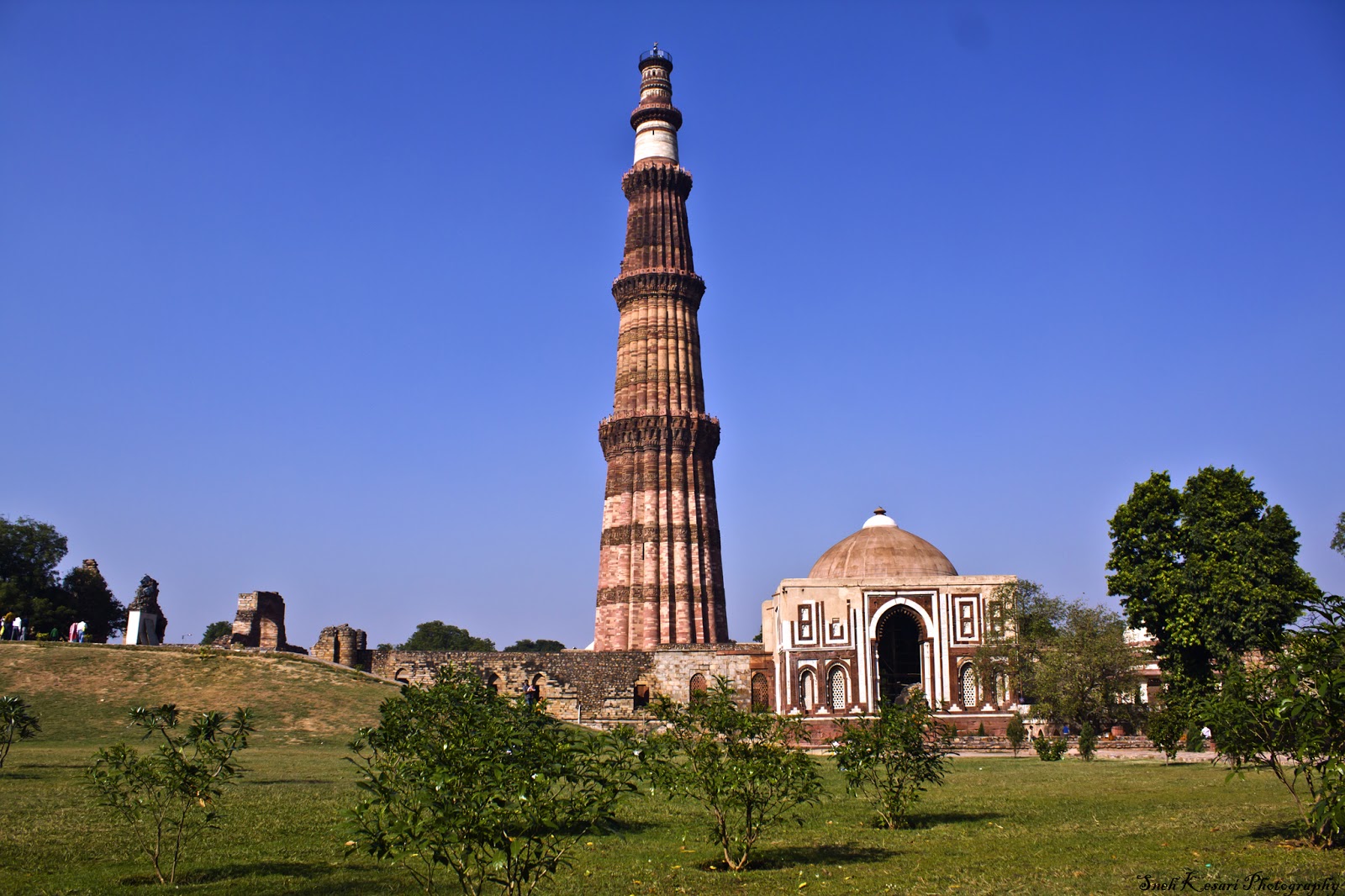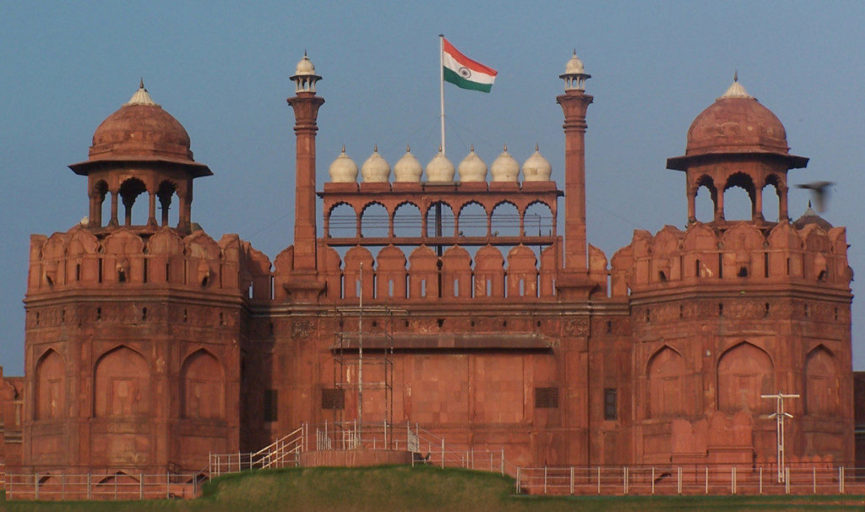New Delhi Tourist Attraction the capital of india, is a city with magnetic attraction. Delhi was a witness of every scar India has suffered from time-to-time. New Delhi has seen the struggle of the Indians to regain their freedom, New Delhi has felt the rays of rising sun on the first morning of freedom and now new Delhi stands proudly as a symbol of the strength, achievements and aspirations of we Indians.
Places To Visit In Delhi
Red fort delhi :-
Exemplifying the prowess of Mughal architects and a true manifestation of the golden period of the Mughal era, Lal Qila, also known as the Red Fort, is one of the most important monuments of India. With a construction span of over 10 years this, one of a kind, Red stone wonder was completed under the watch of Shahjahan – the Mughal King (Incubator of the famous Taj Mahal) – in 1648. Lal Qila is situated on the banks of Yamuna with Shahjahanabad situated on the eastern side of this fortress.

Qutub Minar Delhi
The tall and ever attractive monument of Delhi which can be seen from most parts of the city is called the Qutab Minar. Qutab Minar is among the tallest and famous towers in the world. The minaret is 234 feet high and the highest individual tower in the world. Other towers in the world are the Great Pagoda in Pekin, China and the Leaning Tower of Pisa in Italy but these towers are not as high as the Qutab Minar in Delhi. According to history books, the minar was started by Prithviraj or his uncle Vigraharaja who won Delhi from the Tomar Rajputs. However, it is assumed and historians believe that Qutubuddib and Iltutmish finished it though the minar may have been commenced by Prithviraj or Vigraharaja.

Lotus Temple Delhi
Lotus Temple or Baha’i Temple, called in more traditional way, is a house of worship completed in the year 1986 under the supervision of Persian architect Fariborz Sahba. Lotus being a symbol of peace and prosperity all around the world, the shape of the temple personifies the purpose for which the foundation of this marvelous man-made architectural was laid. Lotus temple is made of pristine marble blocks, cement, dolomite and sand and the entire ascetic value is coddled by the group of nine pools filled with crystal clear water. In accord with the mores of Baha’i religion, the temple is open to everyone from anywhere in the world who is looking for inner peace and wants to break the shackles of trepidation.
India Gate Delhi
Standing at 42m tall, All India War Memorial or The India Gate is a symbol representing valor and resilience of 90,000 Indian soldiers who lost their life in World War I and the Third Anglo-Afghan War. Designed by Edwin Lutyens, the foundation of the India gate was laid by His Royal Highness, the Duke of Connaught in 1921. In addition, to commemorate the lives lost during the Indo-Pakistan War of December 1971, Amar Jawan Jyoti, a perennial fame under the arch, was started which burns all day throughout the year to reflect upon the true meaning of love-for-motherland.
Humayun Tomb Delhi :-
Humayun’s Tomb was built in 1565 A.D., posthumously, in the memory of Humayun by his widow Hemida Banu Begum. Also known as Tomb of the Perfect Man or ‘Insan-i-Kamil’, which now stands as a UNESCO Heritage site, was once used as a refugee camp for the war affected populace and travelers during the British rule. The main gateway of Humayun’s tomb ushers a person in front of a large square enclosure which is the tomb of the Humayun situated at the center standing on a beautiful marble pedestal. One of the most notable creations that one can witness in the premises of Humayun’s Tomb is Arab Serai. Arab Serai was designed especially to accommodate more than 200 Arabs who were brought by Hemida Banu Begum herself from Mecca as refugees.
If you want to explore the delhi city with a professional driver and neat and clean car then visit out website and book a customized tour packages as per your requirements. Here are some direct links for tour packages and other services.
Delhi Private Day Tour Packages
Delhi Car Hire
Golden Triangle Tour Packages
Rajasthan Luxury Tour Packages
